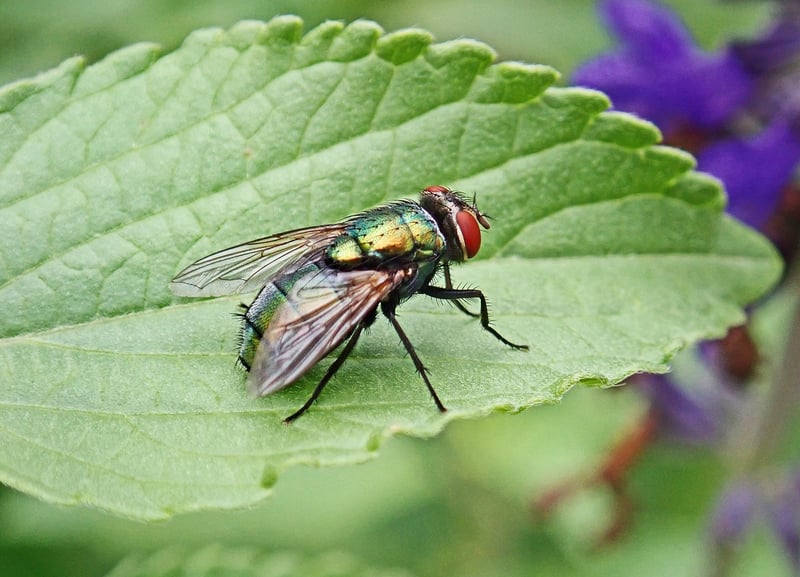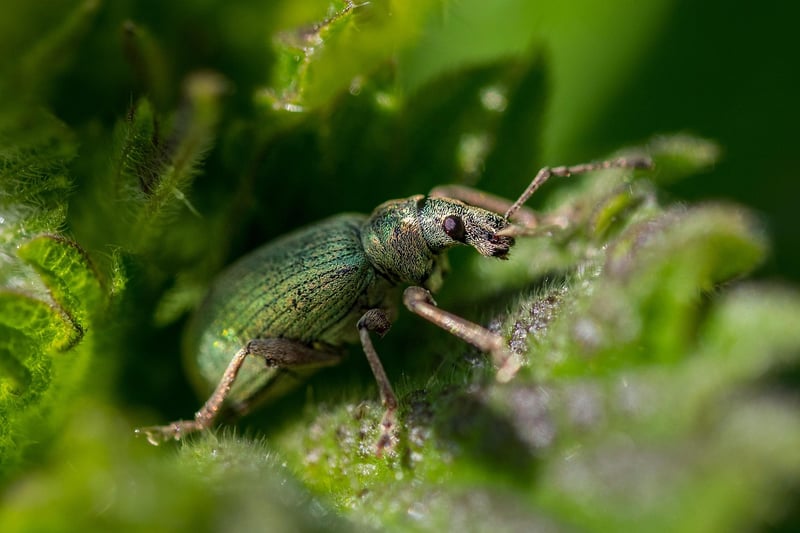Identifying Common Pests
Managing Pests in Urban Gardens
Urban gardens are a great way to grow fresh produce, connect with nature, and create green spaces in cities. However, one of the challenges urban gardeners face is managing pests that can damage plants and reduce yields. By understanding common pests and implementing effective pest management techniques, you can protect your urban garden and promote healthy plant growth.
Identifying Common Pests
Before you can effectively manage pests in your urban garden, it's important to be able to identify common pests that may be affecting your plants. Here are some of the most common pests you may encounter:
- Aphids: These small, soft-bodied insects feed on plant sap and can cause leaves to curl and distort.
- Whiteflies: These tiny, white insects feed on plant sap and can transmit diseases to your plants.
- Slugs and Snails: These mollusks feed on plant leaves and stems, leaving behind holes and slime trails.
- Caterpillars: The larvae of butterflies and moths, caterpillars can chew on leaves and damage plants.
- Spider Mites: These tiny pests suck plant juices, causing stippling and discoloration on leaves.
Effective Pest Management Techniques
Once you've identified the pests in your urban garden, you can implement various pest management techniques to control their populations and minimize damage to your plants. Here are some effective strategies:
- Handpicking: Remove pests such as caterpillars and slugs by hand and dispose of them properly.
- Beneficial Insects: Introduce beneficial insects like ladybugs and lacewings that feed on pests in your garden.
- Neem Oil: Use neem oil, a natural insecticide, to control aphids, whiteflies, and other common garden pests.
- Row Covers: Cover vulnerable plants with row covers to prevent pest infestations.
- Companion Planting: Plant pest-repelling herbs and flowers alongside your vegetables to deter pests.
By combining these pest management techniques and regularly monitoring your urban garden, you can effectively control pests and promote a thriving garden in the heart of the city.



